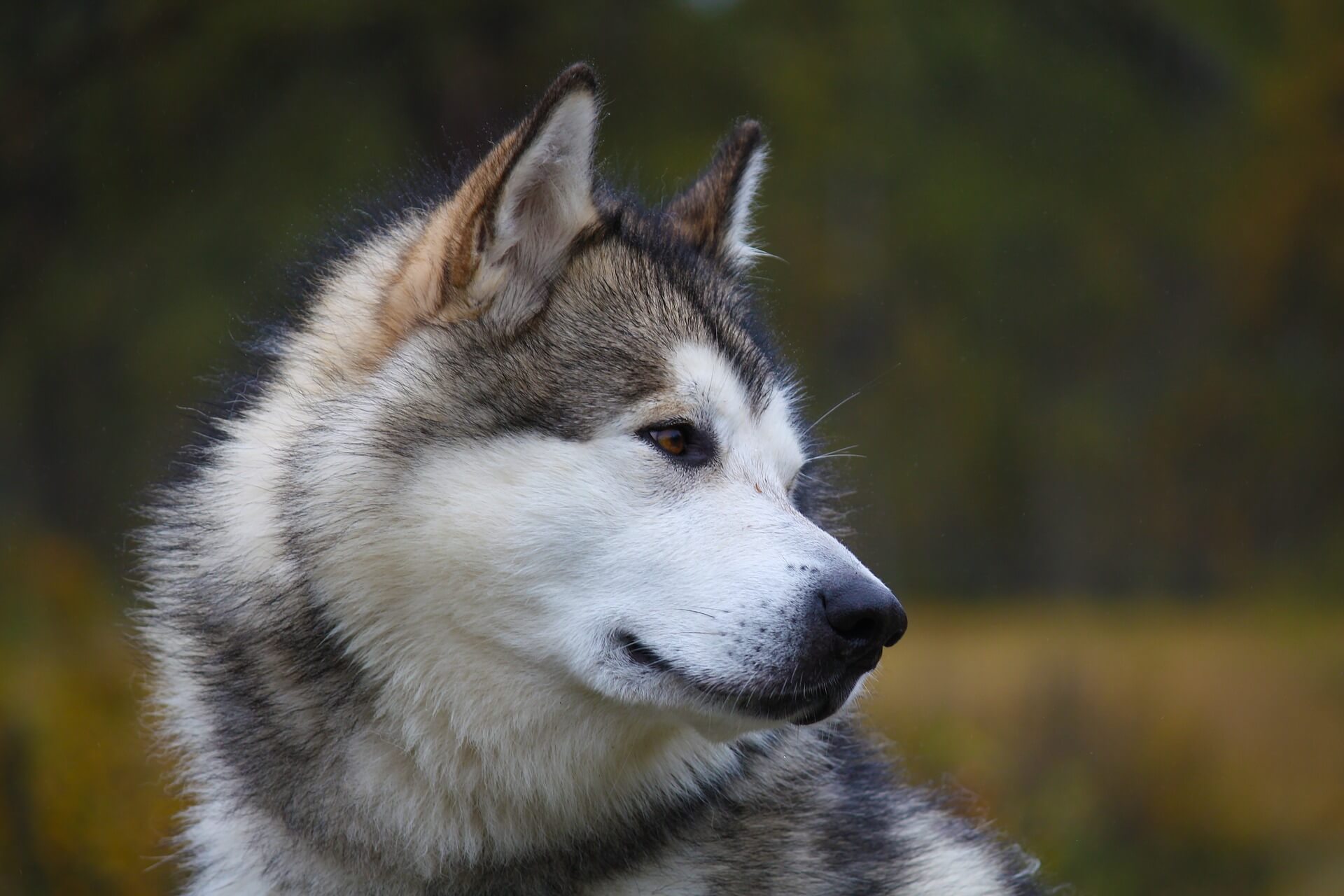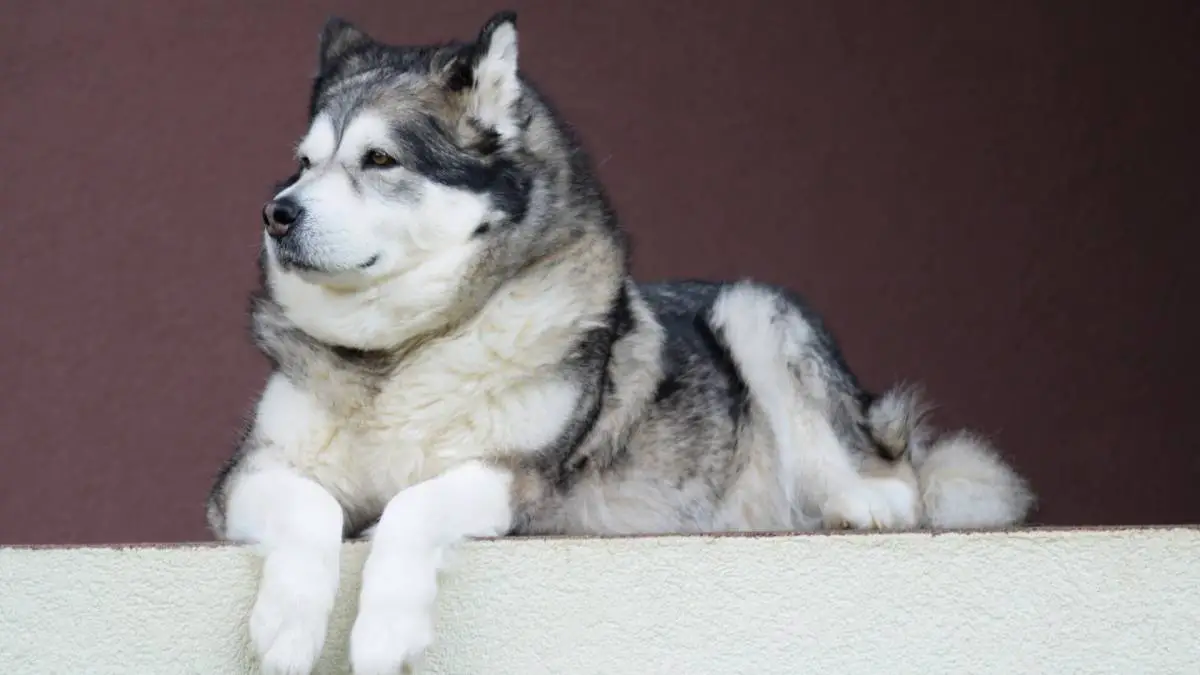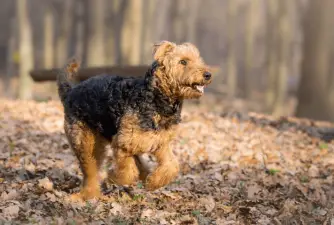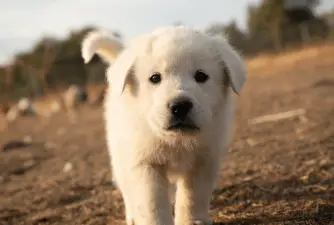7 Things You Must Know About Alaskan Malamute
03.06.2020.
The Alaskan Malamute is a strong nordic dog breed that has origins in Siberia. Its name indicates their Alaskan heritage but these dogs came from the Siberian north alongside people that settled modern-day Alaska. They have been developed and bred into the breed we know and love today in the Alaskan region by the nomadic tribe by the name of Mahlemuts. Their original purpose was to haul heavy loads and help their tribe in hunting and fishing activities. They also slept with their people and kept them warm with their thick fur.
These dogs love the “pack” life and their human family usually takes that role. They love being included in every possible activity their family does. If they somehow get excluded, they will demonstrate and show how unhappy they are.
They are very active and this breed played a huge role in the far north. Alaskan Malamutes are quite famous as a breed but at the start of writing about them, we weren’t too familiar with them in general so we decided to look at this breed more closely and find out some interesting facts. Here is a list of things we found out and wanted to share about these dogs.
1. The resemblance to a wolf
The first question that comes to our mind when thinking about this breed is how closely related to wolves are they exactly? We are used to seeing these dogs in Hollywood movies playing wolf roles and it is only natural that a lot of us think these two animals are somehow related. There was a lot of speculation that this breed came to life by crossbreeding wolves and dogs but that is not true. They do have a wolf-like appearance but so do other Nordic breeds such as Husky or Russian Laika. This is a unique dog breed that is not a wolf-hybrid nor was it created that way.
2. Mahlemuts
The settlers that came with these dogs to Alaska were Inuit people by the name of Mahlemuts. They were the first ones that bred these dogs and used them for hunting, fishing, and sled dog duties. One of the most important features that these people wanted to create in a dog breed was its ability to work under extreme weather conditions and thanks to that type of selective breeding, these dogs now have a thick, double coat that helped them survive extreme Alaskan winters. It is interesting that their coat also shields them during summer from extreme heat.

3. Gold Rush nearly killed them
This is quite interesting and surprising. Alaska is one of the richest regions in natural resources such as oil and gold and at the beginning of the 19th century, a lot of people started moving there in search of gold. To work as efficiently as possible, they wanted to have strong working dogs with them so they adopted the strong, native Alaskan dog breed that they later started mixing with imported, southern dog breeds. The crossbreeding was so bad that it nearly drove the Alaskan Malamutes to extinction. Luckily, in the far north-west, the Mahlemut tribe had a fairly isolated life and their dogs remained pureblooded. That is one of the biggest reasons why this breed was named in the honor of the Mahlemut tribe.
4. Racing dogs
The Alaskan Malamute has the appearance of a great sled dog. Contrary to popular belief, they are not used often for those kinds of activities. Similar to the Siberian Huskies, these dogs have a build and the temperament that every great sled dog breed should have but the only issue is their size. They are too large to have great results in mushing competitions so they are mostly used for weight pulling or to compete in dog agility trials.
They are large, strong, endurable, and have great stamina and these characteristics are all combined with extremely well-adapted senses.
5. Highly adaptable Malamutes
This is an extremely resilient dog breed that came to life and had to work in extreme weather conditions and temperatures. Snowstorms in Alaska are known for their brutality and wind chill can kill a grown man in under an hour. These dogs can survive temperatures that reach -70 degrees thanks to their adaptations to those kinds of conditions. Alaskan Malamutes have an extremely thick and dense double coat that leaves their body isolated from the outside conditions. Even their tails have thick fur and they use their fluffy tails to shield their face from wind and other weather conditions.
6. Surprising temperament
As most of the primitive dog breeds, Alaskan Malamutes also love to be a part of the pack. When their human family takes the role of the pack, they will be extremely loyal, friendly, and lovable with them (their owners need to take the position of the pack leader or your life can become difficult). These dogs usually get pretty well with children and other pets although they can be prone to dominant behavior, as do many other primitive breeds. They aren’t the fastest learners and can get bored with training pretty fast, but once they learn how to perform a trick or obey a command, they will know it their whole life.
7. Master of shedding
As we already mentioned, these dogs had to develop double coats to insulate them properly from extreme conditions of the Alaskan wilderness. Having such a thick coat means that they have a huge amount of hair that they shed twice a year during the shedding season (fall and spring). The surprising thing is that these dogs shed extremely quickly and at that time they will blow their whole undercoat. You could easily fill three or more average-sized grocery bags. The amount of hair is staggering.
Taking care of a Malamutes coat is not an easy task, and you should have proper tools for it. The FURminator Long Hair Deshedding Tool will become your best partner for that. Also, getting a vacuum cleaner that does the job by itself would be a good idea. The iRobot Roomba 675 can help you with that.
Alaskan Malamutes are one of the most interesting, lovable, loyal, beautiful dogs out there and we hope you learned something new about them. We certainly found a new dose of respect for this impressive breed that is nicknamed “the king of Alaska”.
World Dog Finder team







Share